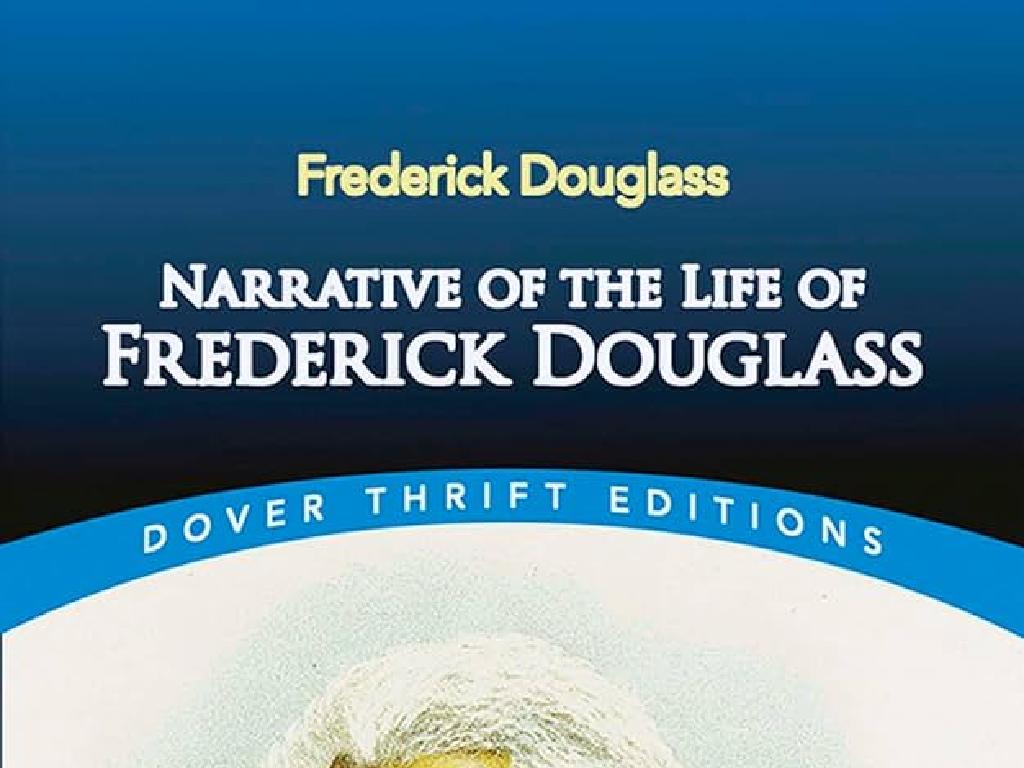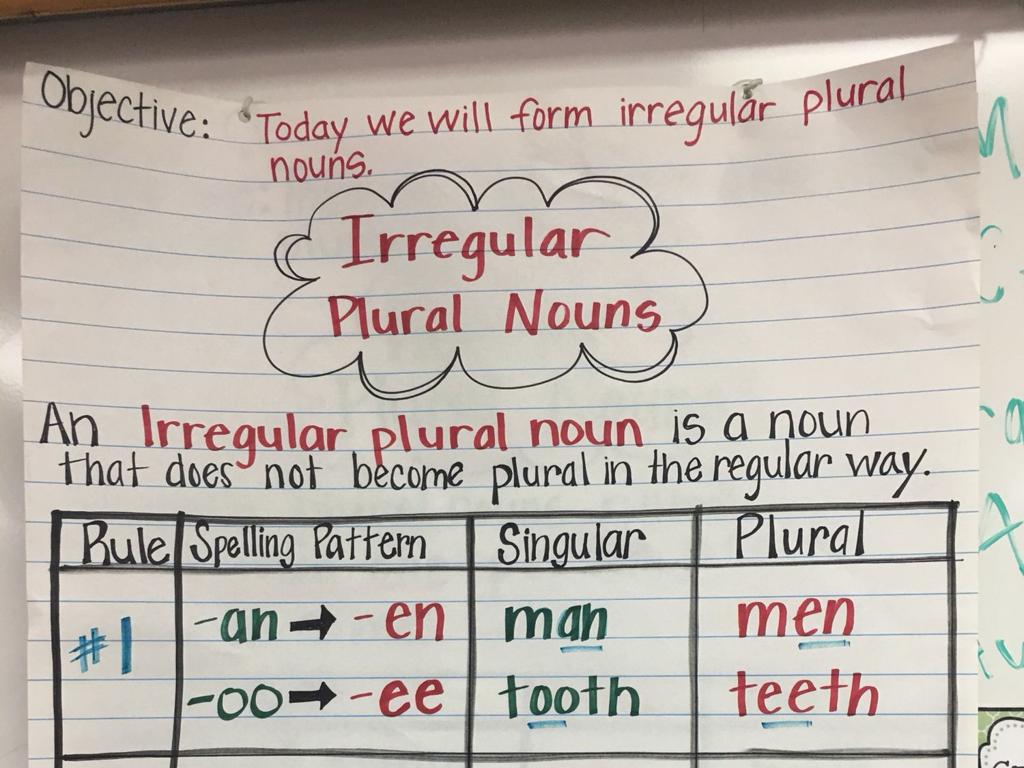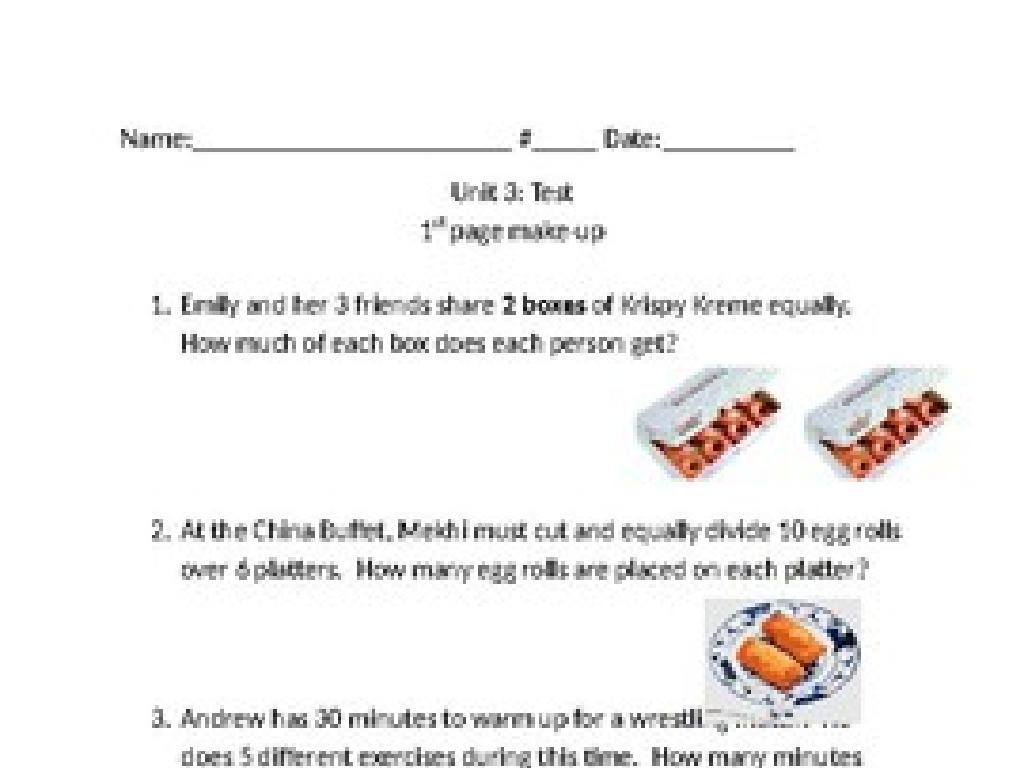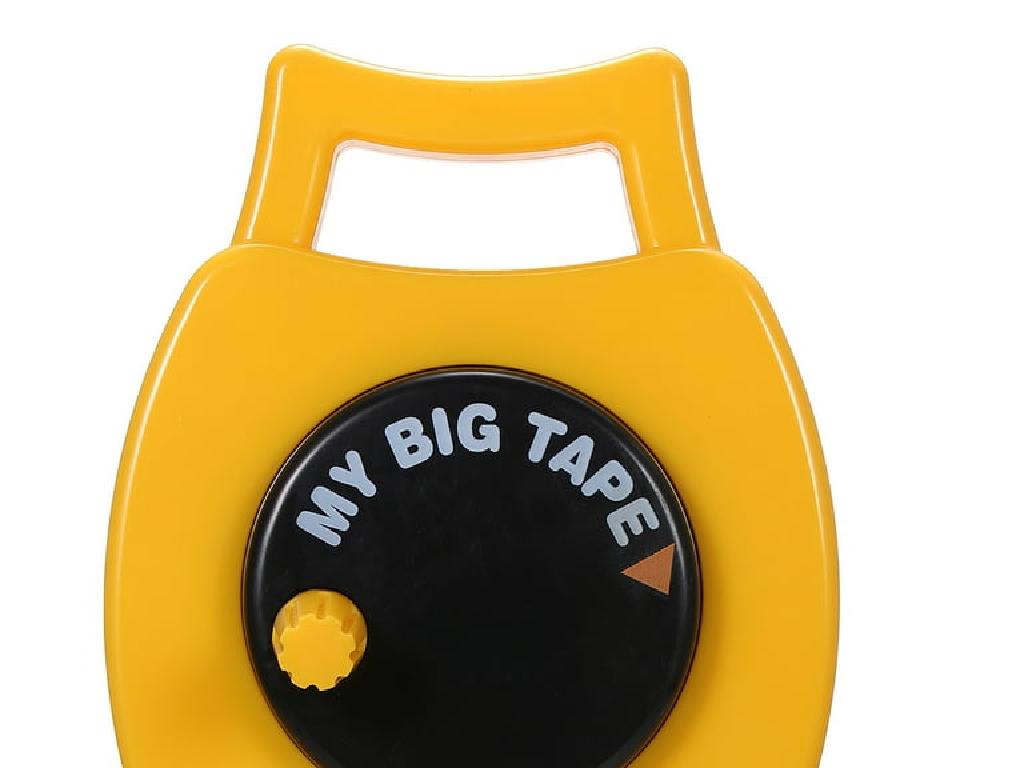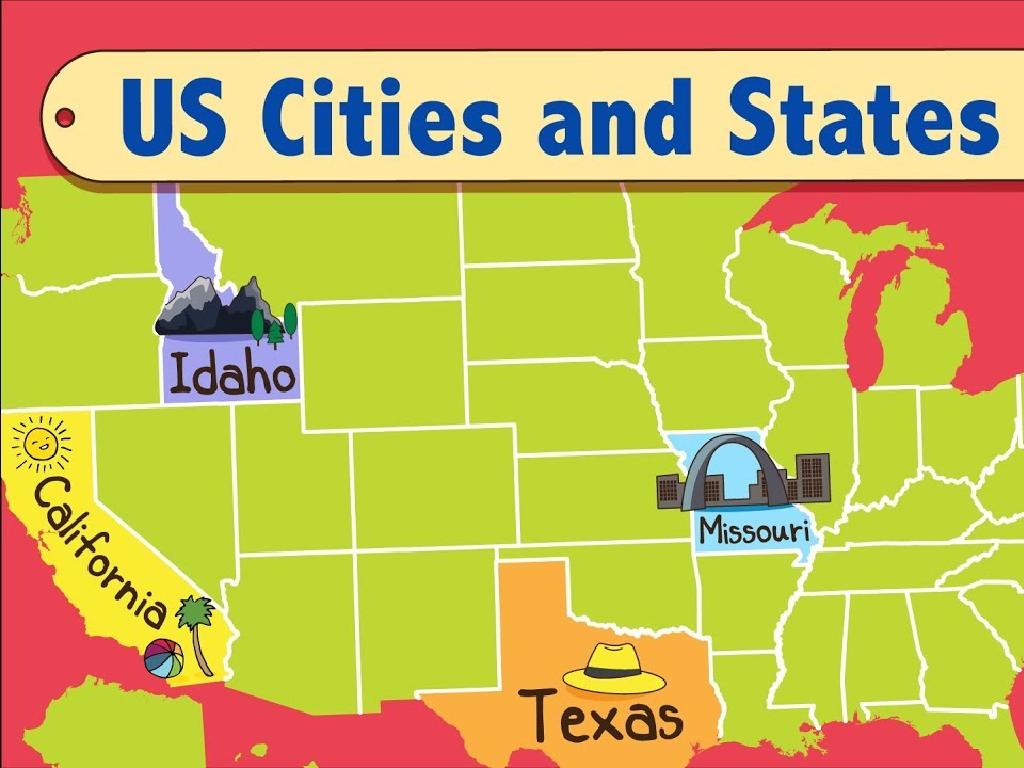Convert Between Standard And Expanded Form
Subject: Math
Grade: Fourth grade
Topic: Place Value
Please LOG IN to download the presentation. Access is available to registered users only.
View More Content
Welcome to Place Value!
– Each digit has a value
– Depending on its place, a digit represents units, tens, hundreds, etc.
– Place value explained
– It’s the value of where a digit is in a number
– Significance of place value
– It helps us read, write, and understand the size of numbers
– Applying place value knowledge
– Use place value to expand numbers: 234 = 200 + 30 + 4
|
This slide introduces the concept of place value, which is fundamental in understanding how numbers are built and operate. Emphasize that the position of each digit in a number determines its value, such as ones, tens, hundreds, etc. Explain that place value is crucial for performing arithmetic operations and for students to grasp the concept of number magnitude. Illustrate with examples how to convert numbers from standard form to expanded form, reinforcing the importance of place value in everyday math. Encourage students to practice with different numbers to become comfortable with the concept.
Understanding Standard Form
– Standard form explained
– A method to write numbers using digits 0-9.
– Examples of standard form
– 345 is standard for 3 hundreds + 4 tens + 5 ones.
– Practice reading standard numbers
– Read numbers aloud: 528, 6,317, 9,040.
– Recognizing place values
– Each digit has a value based on its position.
|
This slide introduces the concept of standard form, which is a common way to write numbers using the digits 0-9. It’s essential for students to understand that each digit in a number has a different place value and contributes to the number’s overall value. Provide examples of numbers in standard form and guide students to recognize the place value of each digit. During the practice, encourage students to read numbers out loud to reinforce their understanding of large numbers. This foundational knowledge will be crucial for their ability to convert between standard and expanded form in future lessons.
Understanding Expanded Form
– Expanded form explanation
– It shows the value of each digit in a number.
– Examples of expanded form
– 345 = 300 + 40 + 5
– Practice writing in expanded form
– Convert 582 into expanded form.
– Recognizing place values
– Each digit has a unique place and value.
|
This slide introduces the concept of expanded form, which is a way of writing numbers to show the value of each digit. It’s important for students to recognize that numbers are made up of different place values, and expanded form helps to highlight this. Start with simple examples and gradually increase complexity. Encourage students to practice by writing various numbers in expanded form, ensuring they understand how each digit contributes to the overall number. Use place value charts if necessary to reinforce the concept. The activity should involve converting standard form numbers into expanded form to solidify their understanding.
Converting Standard to Expanded Form
– Breaking down numbers by place value
– Each digit has a value based on its position
– Example: 253 in expanded form
– 253 = 200 + 50 + 3
– Interactive conversion activity
– We’ll convert a new number as a class
– Understanding place value importance
– Grasping this concept is key to number sense
|
This slide introduces the concept of converting numbers from standard form to expanded form, which is a way to express numbers by adding the value of each digit according to its place value. Start by explaining the place value system, where each digit in a number has a value depending on its position. Use 253 as an example to show how it breaks down into 200 (2 hundreds), 50 (5 tens), and 3 (3 ones). Engage the class with an interactive activity where they can choose a number and break it down together. Emphasize the importance of understanding place value as it is fundamental to all math operations. This will set the foundation for future topics like rounding and estimating.
Converting Expanded to Standard Form
– Combine place values into one number
– Add each place value to form a standard number
– Example: 200+50+3 becomes 253
– 200 (hundreds) + 50 (tens) + 3 (ones) = 253
– Group activity: practice conversions
– Work together to convert expanded form numbers
|
This slide introduces the concept of converting numbers from expanded form to standard form, which is a key skill in understanding place value. Start by explaining how each part of an expanded form number represents a different place value (hundreds, tens, ones, etc.). Use the example provided to show how these parts are combined to form a standard form number. For the group activity, divide the class into small groups and provide them with a set of expanded form numbers to convert to standard form. Encourage collaboration and discussion among group members. As an extension, you can challenge students with larger numbers or include decimal place values for advanced practice.
Practice Time: Standard and Expanded Forms
– Convert numbers: Standard to Expanded
– Example: 234 = 200 + 30 + 4
– Convert numbers: Expanded to Standard
– Example: 400 + 20 + 3 = 423
– Pair up and share your answers
– Discuss challenges faced
|
This slide is for a class activity focused on practicing the conversion between standard and expanded forms. Students will individually convert a list of numbers from standard to expanded form and vice versa. Afterward, they will pair up with a classmate to compare answers and discuss any discrepancies. Encourage students to explain their thought process to their partners. As a teacher, facilitate a discussion afterward to address any common challenges or misconceptions. Possible activities: 1) Use number cards to build numbers in expanded form. 2) Write numbers in standard form on the board for conversion. 3) Have students create their own numbers to convert. 4) Use dice to generate random numbers for conversion.
Place Value Bingo Game
– Receive your Bingo card
– Numbers in Standard & Expanded
– Standard: 123; Expanded: 100+20+3
– Mark called numbers on your card
– Shout ‘Bingo!’ for five in a row
|
This interactive class activity is designed to help students practice and reinforce their understanding of place value in both standard and expanded form. Distribute the Bingo cards, ensuring each has a mix of numbers in both forms. As you call out numbers, students will need to recognize and mark the corresponding number on their card, regardless of the form. This will challenge them to convert between forms quickly. Have a few examples ready to demonstrate before starting the game. Prepare small prizes or extra credit points to motivate students. Remember to verify the winning card by having the student read out their numbers in both forms.
Conclusion & Homework: Mastering Forms
– Excellent work on forms today!
– Homework: Conversion worksheet
– A worksheet with 10 different numbers
– 10 numbers to switch forms
– Practice converting each number
– Keep practicing for perfection!
– Regular practice will improve your skills
|
As we wrap up today’s lesson on converting between standard and expanded forms, it’s important to reinforce the students’ learning with practice. The homework assignment consists of a worksheet with 10 numbers that students will convert between the two forms. This will help solidify their understanding of place value and the relationship between standard and expanded forms. Encourage students to take their time with each conversion to ensure accuracy. Remind them that making mistakes is a part of learning and that with consistent practice, they will become more confident in their math skills. In the next class, we can review any challenging numbers together.

